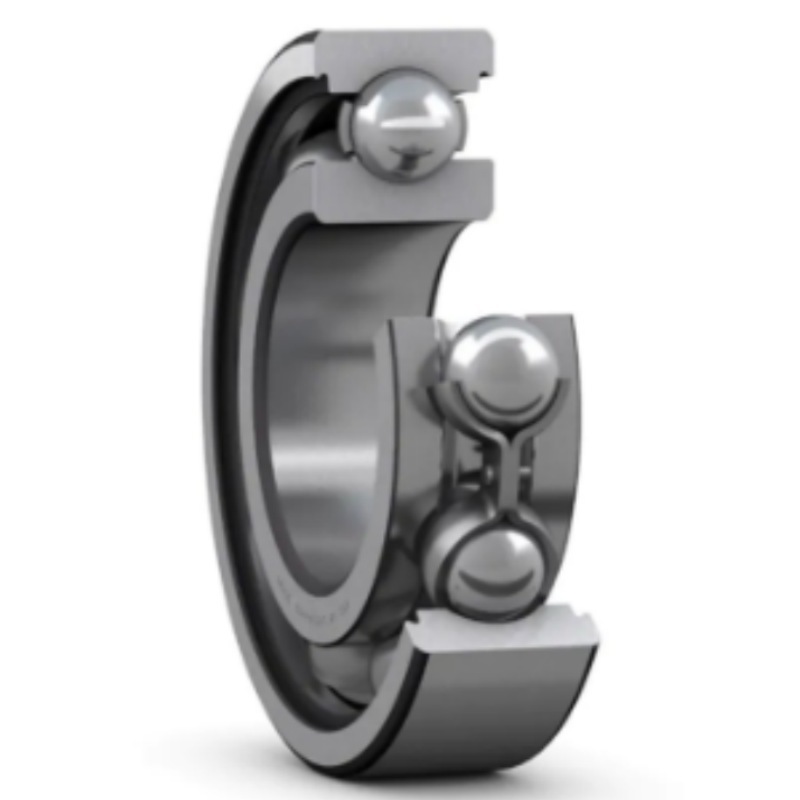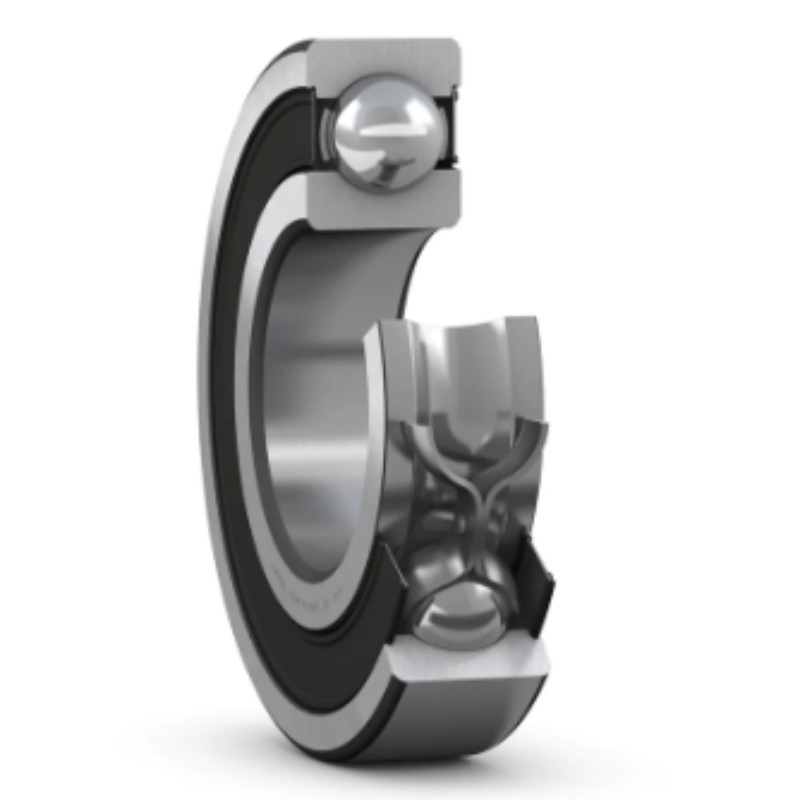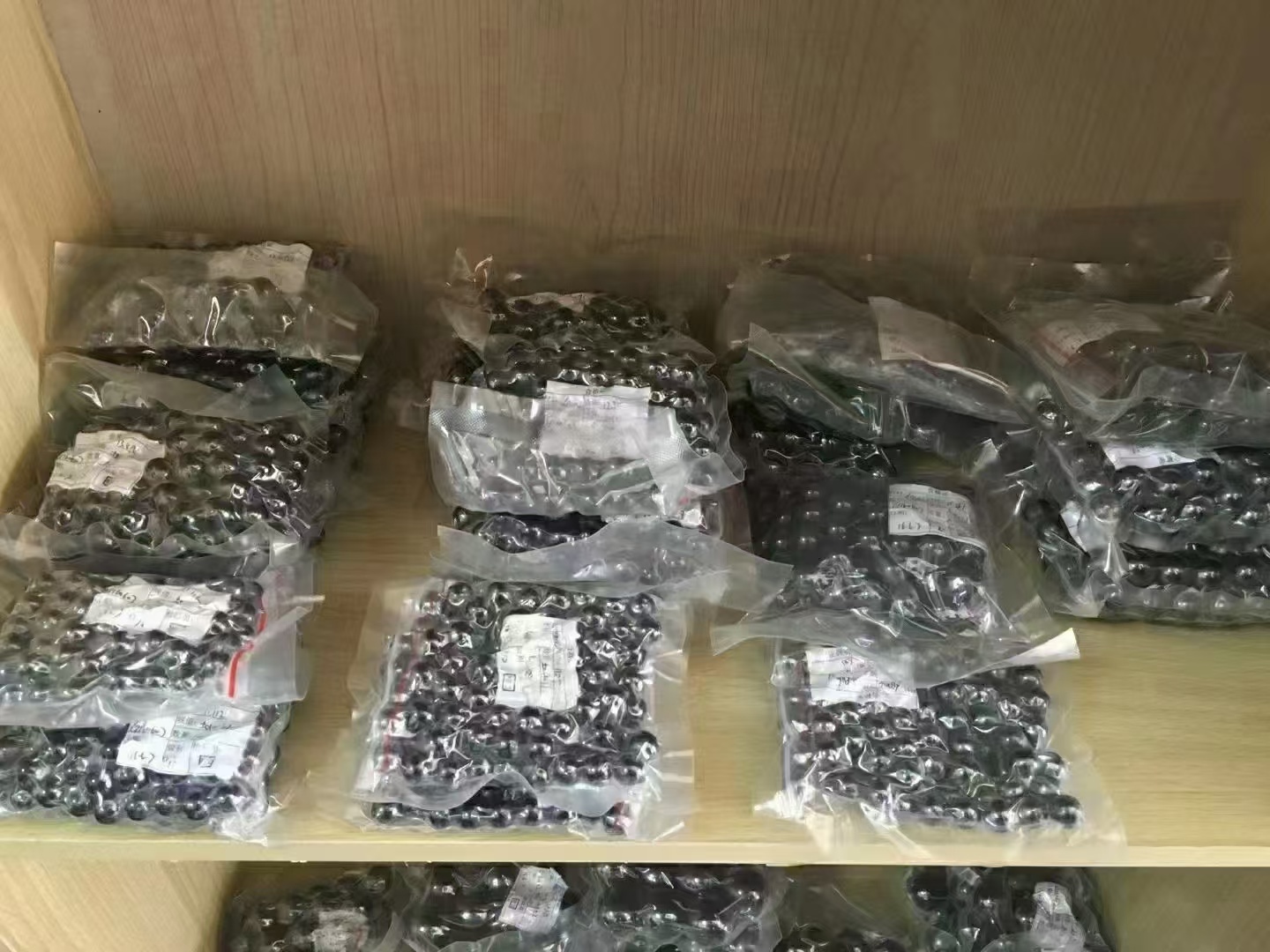Understanding the Advantages of Silicon Nitride Ceramic Balls in Industrial Applications
Release time:
May 08,2025
Silicon nitride ceramic balls, particularly the 12.303 model, are gaining popularity in the industrial equipment sector, especially in applications involving self-aligning ball bearings. Understanding the properties and advantages of these balls can help industries make informed decisions about their equipment components.
One of the primary benefits of Silicon Nitride ceramic balls is their exceptional hardness. This property allows them to resist wear and deformation, prolonging the lifespan of bearings and reducing the need for frequent replacements. This is particularly advantageous in high-load applications where traditional materials may fail prematurely. The 12.303 model, designed with specific dimensions and tolerances, excels in applications requiring precision and reliability.
Another significant advantage of Silicon Nitride ceramic balls is their lightweight nature. Weighing considerably less than their steel counterparts, these ceramic balls contribute to improved energy efficiency in machinery. Lighter components can reduce the overall load on motors and other driving mechanisms, leading to lower energy consumption and operational costs.
Temperature resistance is another critical aspect of Silicon Nitride ceramic balls. They can withstand high temperatures without compromising their structural integrity. This property makes them suitable for applications in harsh environments where traditional materials might degrade. In industries such as aerospace, automotive, and even in chemical processing, the ability to maintain performance under elevated temperatures is crucial.
In addition to their mechanical properties, Silicon Nitride ceramic balls exhibit excellent corrosion resistance. Unlike steel balls, which can rust and corrode when exposed to moisture or aggressive chemicals, Silicon Nitride maintains its performance and appearance over time. This characteristic is particularly beneficial for applications in environments where exposure to corrosive substances is a concern.
Moreover, the smooth surface finish of Silicon Nitride ceramic balls contributes to reduced friction in bearings, which leads to quieter operation and less heat generation. This can further enhance the efficiency of machines, as well as improve the overall user experience in environments where noise reduction is essential.
Finally, it’s important to mention the potential for customization. The 12.303 model of Silicon Nitride ceramic balls can be tailored to meet specific industry needs, ensuring compatibility with various bearing designs. This level of customization can be a game changer for companies looking to optimize their equipment for unique operational requirements.
In summary, Silicon Nitride ceramic balls, particularly the 12.303 model, offer numerous advantages for industrial applications, especially in the realm of self-aligning ball bearings. Their hardness, lightweight, temperature resistance, corrosion resistance, and friction-reducing properties make them an ideal choice for businesses aiming to enhance performance and efficiency in their machinery. Understanding these benefits can help industries make informed decisions about their component choices, ultimately leading to improved operational success.
One of the primary benefits of Silicon Nitride ceramic balls is their exceptional hardness. This property allows them to resist wear and deformation, prolonging the lifespan of bearings and reducing the need for frequent replacements. This is particularly advantageous in high-load applications where traditional materials may fail prematurely. The 12.303 model, designed with specific dimensions and tolerances, excels in applications requiring precision and reliability.
Another significant advantage of Silicon Nitride ceramic balls is their lightweight nature. Weighing considerably less than their steel counterparts, these ceramic balls contribute to improved energy efficiency in machinery. Lighter components can reduce the overall load on motors and other driving mechanisms, leading to lower energy consumption and operational costs.
Temperature resistance is another critical aspect of Silicon Nitride ceramic balls. They can withstand high temperatures without compromising their structural integrity. This property makes them suitable for applications in harsh environments where traditional materials might degrade. In industries such as aerospace, automotive, and even in chemical processing, the ability to maintain performance under elevated temperatures is crucial.
In addition to their mechanical properties, Silicon Nitride ceramic balls exhibit excellent corrosion resistance. Unlike steel balls, which can rust and corrode when exposed to moisture or aggressive chemicals, Silicon Nitride maintains its performance and appearance over time. This characteristic is particularly beneficial for applications in environments where exposure to corrosive substances is a concern.
Moreover, the smooth surface finish of Silicon Nitride ceramic balls contributes to reduced friction in bearings, which leads to quieter operation and less heat generation. This can further enhance the efficiency of machines, as well as improve the overall user experience in environments where noise reduction is essential.
Finally, it’s important to mention the potential for customization. The 12.303 model of Silicon Nitride ceramic balls can be tailored to meet specific industry needs, ensuring compatibility with various bearing designs. This level of customization can be a game changer for companies looking to optimize their equipment for unique operational requirements.
In summary, Silicon Nitride ceramic balls, particularly the 12.303 model, offer numerous advantages for industrial applications, especially in the realm of self-aligning ball bearings. Their hardness, lightweight, temperature resistance, corrosion resistance, and friction-reducing properties make them an ideal choice for businesses aiming to enhance performance and efficiency in their machinery. Understanding these benefits can help industries make informed decisions about their component choices, ultimately leading to improved operational success.
News









